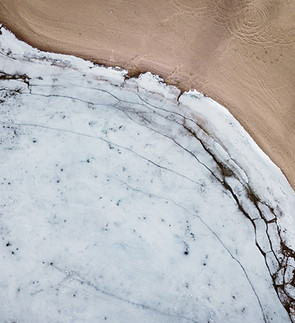top of page
Our Services
This is your Services Page. It's a great opportunity to provide information about the services you provide. Double click on the text box to start editing your content and make sure to add all the relevant details you want to share with site visitors. Whether you're offering multiple services, courses or programs, you can edit this space to fit your website's needs. Simply double click on this section to open the content manager and modify the content. Explain what each item entails and add photos or videos for even more engagement.
Get a Quote
This is a Paragraph. Click on "Edit Text" or double click on the text box to start editing the content.
bottom of page




